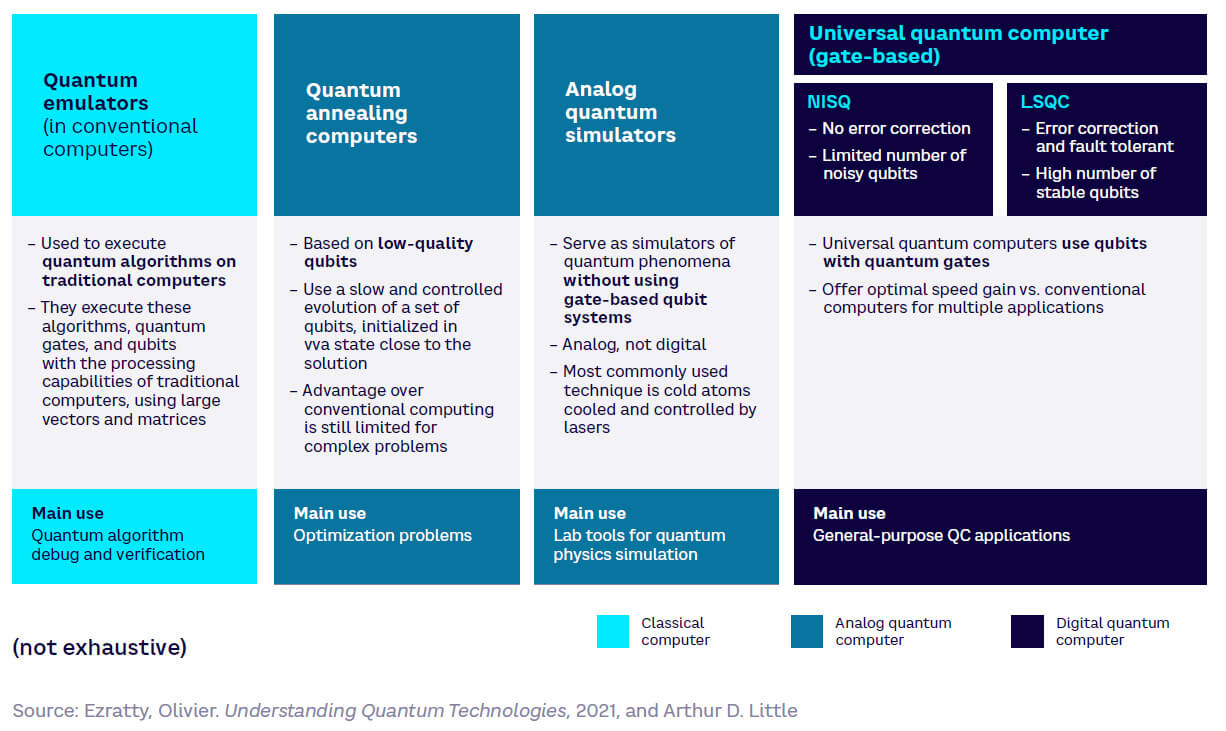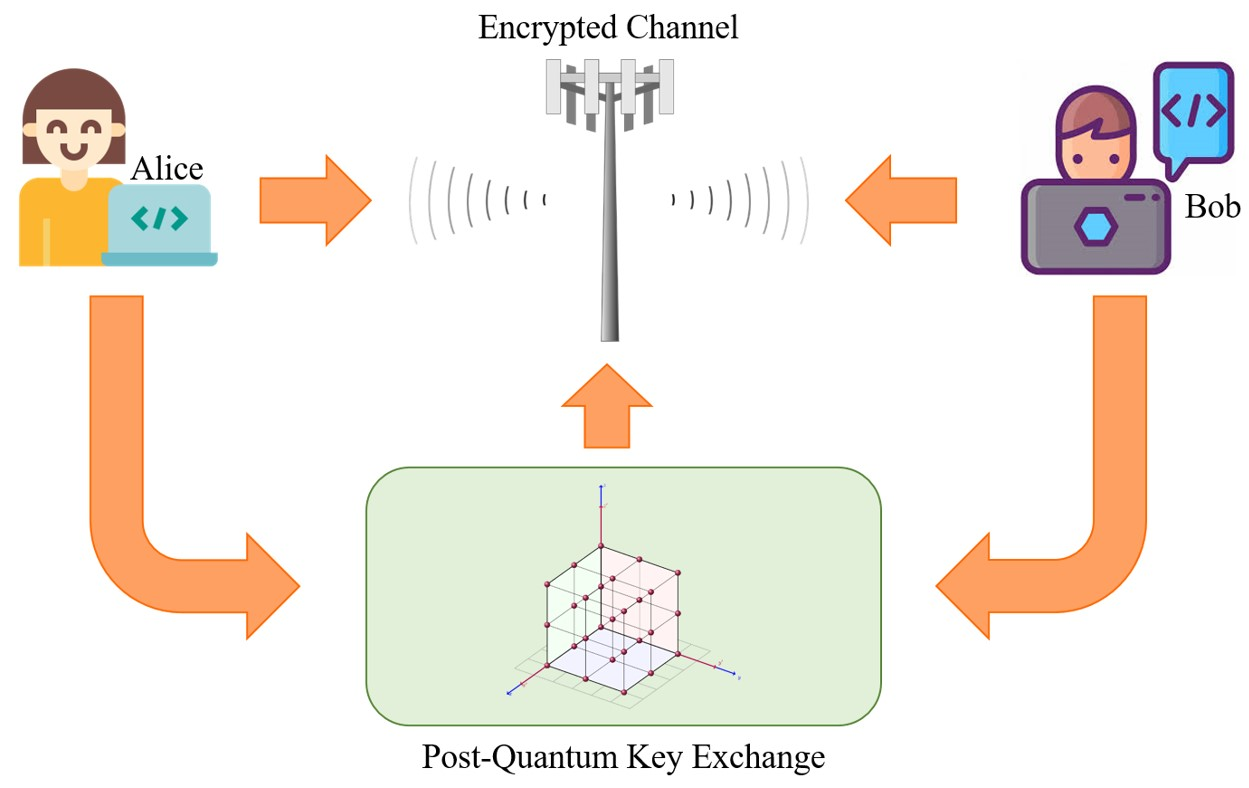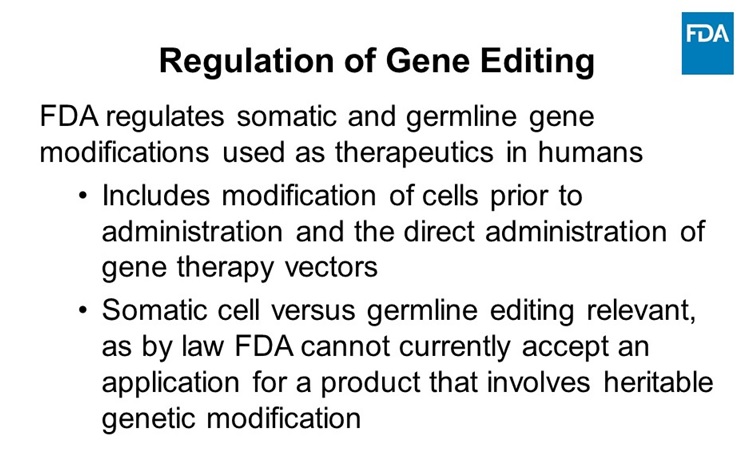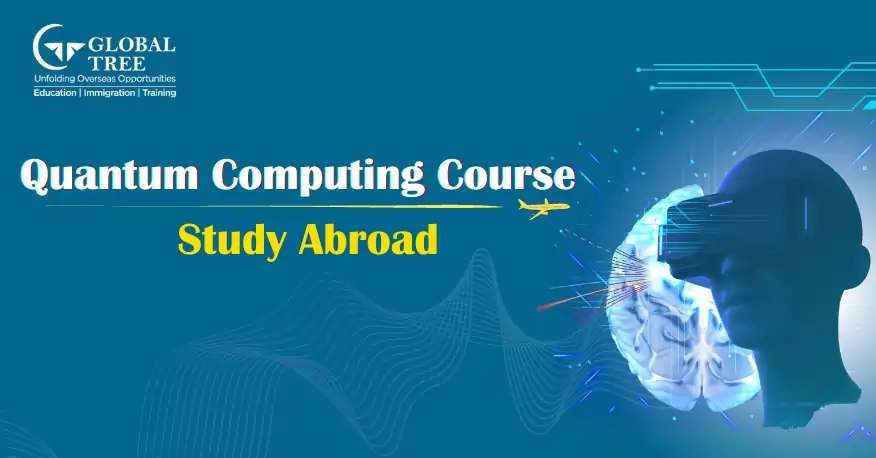Navigating Deepfake Dangers: Evolving Regulatory Safeguards
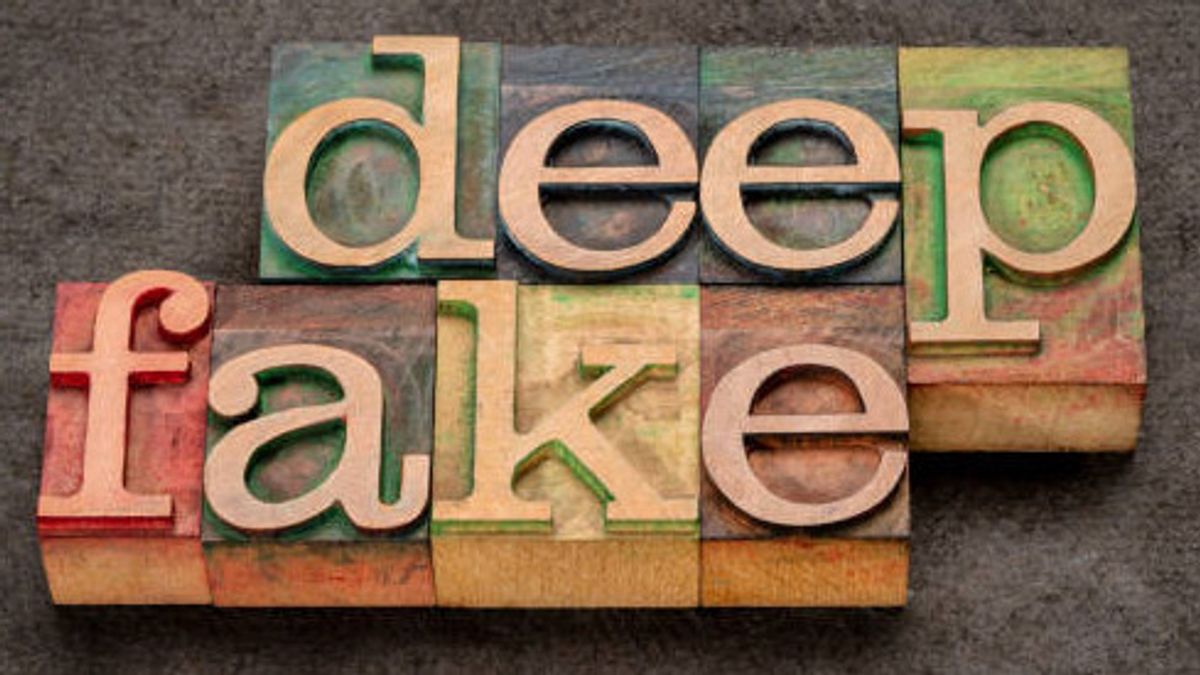
Evolving Safeguards: Navigating the Dangers of Deepfakes
The Rise of Deepfake Technology
Deepfake technology, powered by artificial intelligence, has emerged as a potent force in the digital landscape. These manipulative audio and video creations, often indistinguishable from reality, raise significant concerns about misinformation, identity theft, and the potential to deceive on a massive scale. As deepfakes become more sophisticated, the need for comprehensive regulatory safeguards becomes increasingly urgent.
Understanding the Threat: Deepfake Dangers
Deepfakes pose a multifaceted threat to individuals, businesses, and society at large. From the spread of fake news to malicious uses in cybercrime, the potential for harm is vast. Understanding the dangers inherent in deepfake technology is crucial for developing effective regulatory measures that address both the technical intricacies and the broader societal impact.
Current Challenges in Deepfake Detection
Detecting deepfakes presents a significant challenge due to the rapid advancement of the technology. As deepfake algorithms become more sophisticated, traditional methods of detection struggle to keep up. The cat-and-mouse game between creators and detectors necessitates innovative approaches and a constant evolution of detection techniques to stay ahead of the deepfake curve.
The Role of Deepfake Regulations
Deepfake regulations play a vital role in mitigating the risks associated with this technology. Governments and regulatory bodies are actively engaged in crafting legislation that addresses the creation, distribution, and malicious use of deepfakes. These regulations aim to provide a legal framework for holding perpetrators accountable and preventing the widespread harm that deepfakes can inflict.
Challenges in Legal Definitions
Crafting effective deepfake regulations requires precise legal definitions. Defining what constitutes a deepfake, establishing criteria for distinguishing malicious intent, and determining the liabilities of various parties involved are complex tasks. Striking the right balance in legal language is essential to avoid unintended consequences and ensure that the regulations are both enforceable and fair.
International Collaboration in Deepfake Regulation
Given the borderless nature of the internet and the global impact of deepfake technology, international collaboration is crucial. Regulatory bodies worldwide must work together to harmonize standards, share best practices, and address challenges collectively. Creating a unified front against deepfake threats strengthens the effectiveness of regulatory measures on a global scale.
Deepfake Regulations: A Comprehensive Resource
For those seeking in-depth insights into deepfake regulations, Deepfake regulations offer a valuable resource. This platform provides information on the latest developments, legal frameworks, and technological advancements in the field of deepfake regulation. Staying informed is key to navigating the evolving landscape of digital manipulation.
Balancing Innovation and Free Expression
As regulators navigate the complex task of addressing deepfake dangers, a delicate balance must be struck. On one hand, regulations must deter malicious use and protect individuals and society. On the other hand, there is a need to preserve innovation and free expression. Achieving this balance requires careful consideration of ethical implications and ongoing collaboration between technology experts and lawmakers.
Educating the Public: A Pillar of Prevention
Preventing the widespread harm caused by deepfakes goes beyond regulations; public awareness and education are integral components of the solution. Educational initiatives aimed at helping individuals recognize and critically assess digital content contribute to a more resilient society. Combining regulations with public education forms a comprehensive strategy to combat the deceptive impact of deepfakes.
Anticipating Future Challenges
As deepfake technology continues to evolve, regulatory frameworks must anticipate future challenges. Proactive measures that account for advancements in artificial intelligence, deep learning, and content creation technologies are essential. Anticipating the potential risks posed by future iterations of deepfake technology ensures that regulations remain effective in the face of evolving threats.
Conclusion: Safeguarding Truth in the Digital Age
As deepfake technology challenges the very notion of truth in the digital age, the importance of robust regulatory safeguards cannot be overstated. Navigating the dangers of deepfakes requires a multifaceted approach involving innovative detection methods, international collaboration, well-crafted regulations, public education, and ongoing adaptation to emerging challenges. By staying vigilant and proactive, we can strive to safeguard the integrity of digital content and protect society from the deceptive impact of deepfakes.
